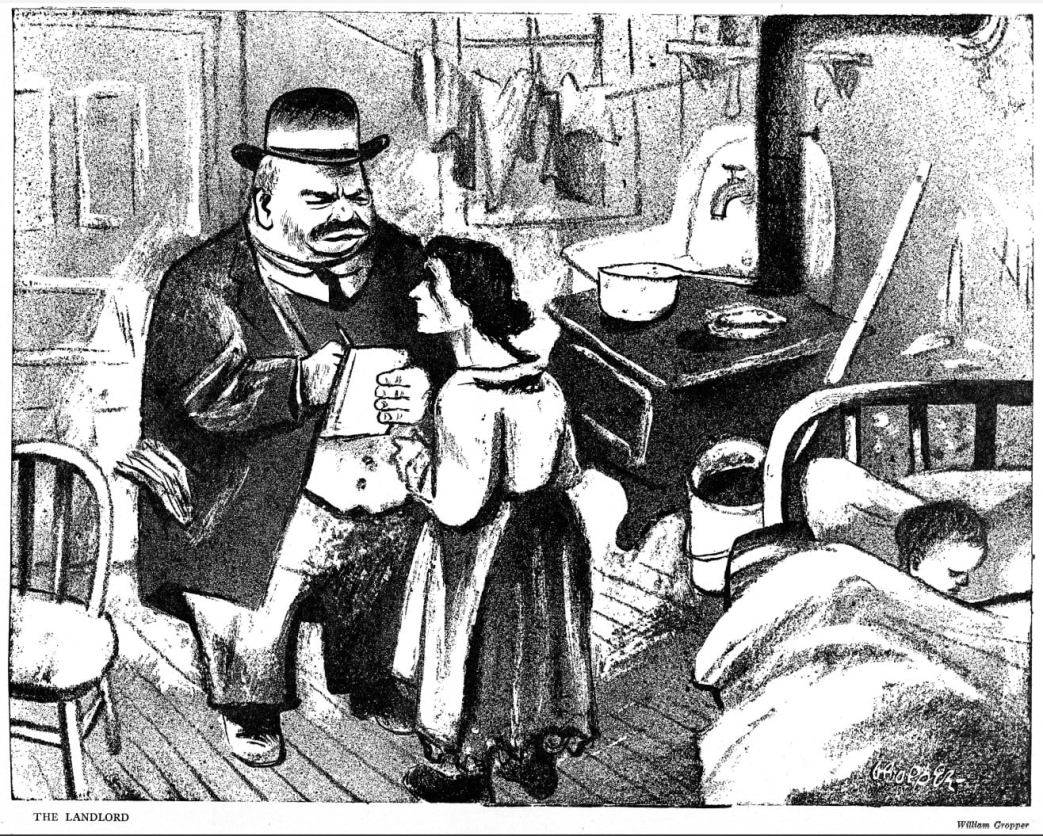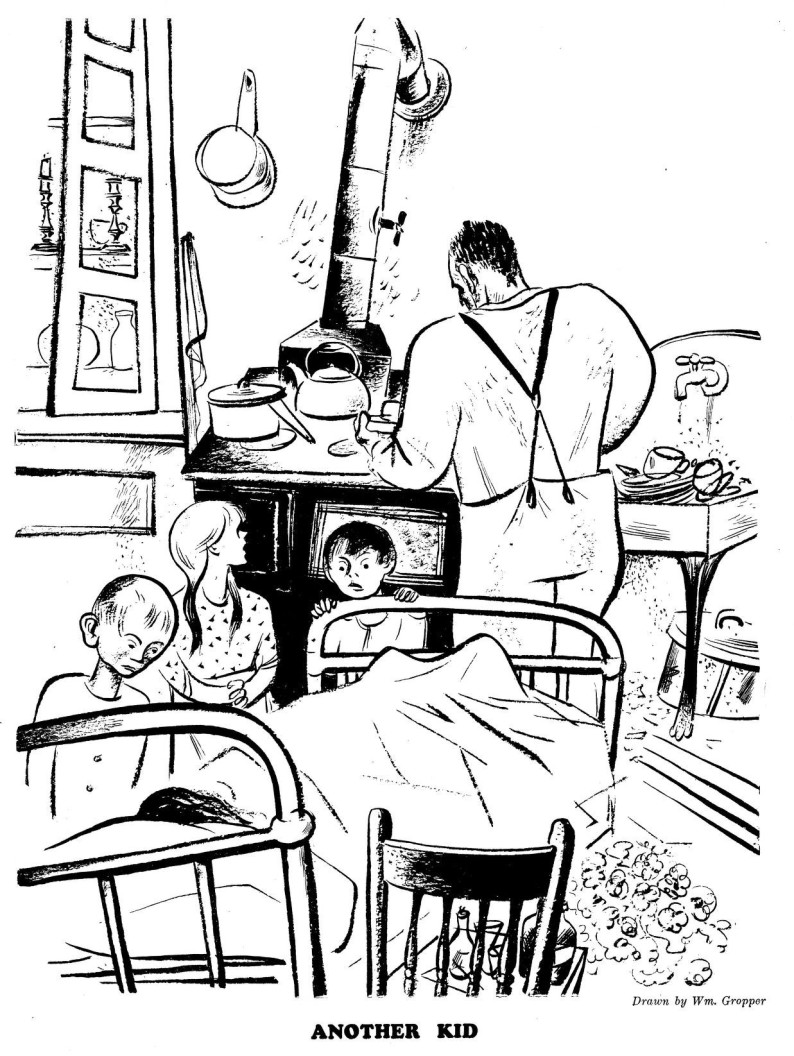Life under capitalism can often feel like one long panic attack, and that is because its daily stresses induce actual panic attacks.
‘Hunger-Worry Breaks Health’ by Dr. Lone from The Working Woman. Vol. 4 No. 7. October, 1933.
The boss press and the bourgeois doctors assure us that nobody dies of hunger. This is untrue, because there are many cases of death due to lack of food and to no other cause. Then there are fatal diseases which are developed or greatly aggravated through insufficient nourishment or through nourishment which is not substantial enough or which does not contain enough sustaining or building material. This also is a starvation death.
In the same way we are told by some psychiatric authorities that poverty, overwork, economic problems have nothing to do with insanity and that the social depression of the last few years has not increased the number of mentally ill persons.
This is a lie. Much mental illness is caused directly by the failure of having one’s daily needs satisfied. Others, by overwork or by a combination of both. Of course, inheritance, upbringing in childhood, family annoyances, sexual matters, environment, various distressing problems, obstacles and difficulties have their share.
Unemployment Worry Breaks Health
Take the case of Mary. She is a colored woman, thirty years of age, with a very interesting and attractive, though sad, face. Married ten years, she has had the misfortune of giving birth to four children–and all are living and must have food, clothes, shelter and care. Her husband is nice and both able and willing to work, but he can find no job.
Mary does find from time to time some housework in a middle class family, but what she earns covers less than one tenth of what they all need. What with her work and her husband’s looking for a job, the children are often neglected, which irks Mary and makes her cry bitterly.
One day her husband becomes the janitor of a house and he thinks that at least part of his rent problem is solved. He has to work hard to keep the entire building clean and he pays “only,” as the landlord says–ten dollars a month. But here the trouble begins.
The so-called “apartment” is in a basement, the plumbing is bad, there are leaks through the ceiling, heating is inadequate and the winter is quite cold. The landlord promises to have reparations made, but never does.
One child after another gets sick. One of them dies.
Mary and her husband decide to move out of those bad rooms where death lurks and, temporarily, to go and live with a relative of theirs, But the landlord must not know.
The few rags and other belongings are gathered into a laundry truck which that relative drives for his boss and, at five o’clock in the morning, they are off.
Landlord’s Frame-up Sends Husband to Jail
However, the landlord learns somehow about this flight and has his lawyer frame up the father of the sick children and arrest him.
Mary is lost. It is too much for her to bear. She does not know where to turn.
In her distress and despair she remembers the church. She is sure that the priest will help her, that prayer will soothe her aching heart. But what a disappointment!
She comes with a heavy headache and dizziness and sees the proceeding in God’s house and the crowd in smart Sunday clothes as through a cloud.
She kneels down and sobs and waits for a miracle. But nothing happens.
When the collection comes around she feels profoundly humiliated. She cannot give anything. Not one penny!
Finally there is one more hope–the priest. He is a smooth, delicate man, with suave manners.
When all is finished, she quickly makes a step toward him.
But he is surrounded by so many nice people that she does not dare to go further. Then she is politely but steadily and gradually pushed away until she finds herself near a door.
From then on she is not well aware of what is going on and her mind is in a daze.
That is how she is brought to my clinic–yes, this is not just a story, but a real fact which has happened in New York in the year 1931.
No doctor can remove the chain of causes that made this woman mentally ill, almost insane. But frequent and long friendly talks with explanations about life gave results. There were revelations about the social origin of her condition and the struggle of other workers like herself. She was told about the necessity of gathering all her inborn bravery and beginning a new way of living, full of meaning, rich with fight and hope.
And it helped. She understood. She clenched her fists, as it were. Not that she threw off her poverty, but she had a new vision.
The Working Woman, ‘A Paper for Working Women, Farm Women, and Working-Class Housewives,’ was first published monthly by the Communist Party USA Central Committee Women’s Department from 1929 to 1935, continuing until 1937. It was the first official English-language paper of a Socialist or Communist Party specifically for women (there had been many independent such papers). At first a newspaper and very much an exponent of ‘Third Period’ politics, it played particular attention to Black women, long invisible in the left press. In addition, the magazine covered home-life, women’s health and women’s history, trade union and unemployment struggles, Party activities, as well poems and short stories. The newspaper became a magazine in 1933, and in late 1935 it was folded into The Woman Today which sought to compete with bourgeois women’s magazines in the Popular Front era. The Woman today published until 1937. During its run editors included Isobel Walker Soule, Elinor Curtis, and Margaret Cowl among others.
PDF of full issue: https://www.marxists.org/history/usa/pubs/wt/v4n07-oct-1933-WW-R7524-R1-neg.pdf

